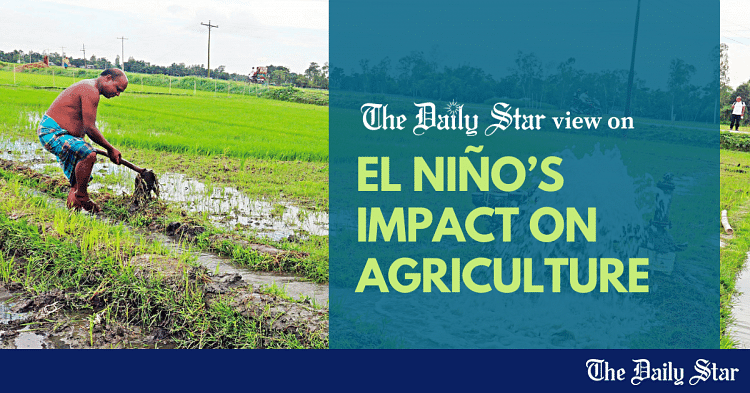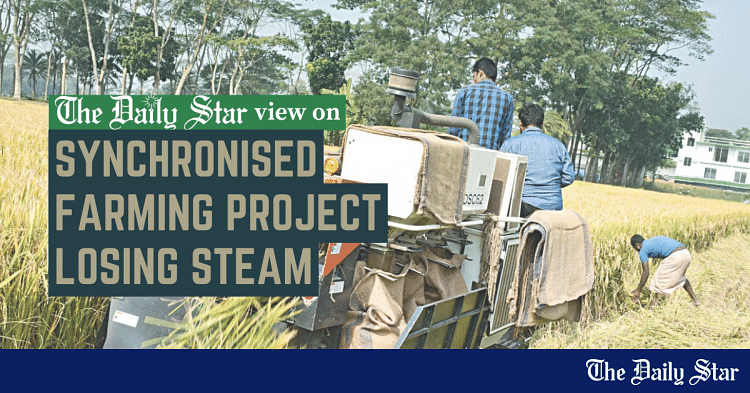Saif
Senior Member
- Joined
- Jan 24, 2024
- Messages
- 16,326
- Likes
- 8,086
- Nation

- Axis Group


Food minister seeks support from FAO to boost mango export
Food minister Sadhan Chandra Majumder on Thursday sought support from the Food and Agriculture Organisation to increase mango export from Bangladesh....
 www.newagebd.net
www.newagebd.net
Food minister seeks support from FAO to boost mango export
United News of Bangladesh . Dhaka | Published: 19:15, Mar 14,2024

-- UNB photo.
Food minister Sadhan Chandra Majumder on Thursday sought support from the Food and Agriculture Organisation to increase mango export from Bangladesh.
He sought the assistance when Jiaoqun Shi, FAO representative in Bangladesh, paid a courtesy call on him at his secretariat office.
During the meeting, they discussed the development of the country's food management and international commercialisation of local fruits.
The food minister said that Bangladesh had achieved self-sufficiency in the production of cereals.
Besides, the production of fruits and vegetables has also increased a lot, he said adding that the country produced about 25 lakh tonnes of mangoes annually but the amount of export was low compared to production.
Jiaoqun Shi said that FAO was working to strengthen food security around the world and it would continue its support to ensure food security in Bangladesh.
Food decretary Md Ismail Hossain and director general of Food Directorate Md Shakhawat Hossain, among others, were present at the meeting.
United News of Bangladesh . Dhaka | Published: 19:15, Mar 14,2024
-- UNB photo.
Food minister Sadhan Chandra Majumder on Thursday sought support from the Food and Agriculture Organisation to increase mango export from Bangladesh.
He sought the assistance when Jiaoqun Shi, FAO representative in Bangladesh, paid a courtesy call on him at his secretariat office.
During the meeting, they discussed the development of the country's food management and international commercialisation of local fruits.
The food minister said that Bangladesh had achieved self-sufficiency in the production of cereals.
Besides, the production of fruits and vegetables has also increased a lot, he said adding that the country produced about 25 lakh tonnes of mangoes annually but the amount of export was low compared to production.
Jiaoqun Shi said that FAO was working to strengthen food security around the world and it would continue its support to ensure food security in Bangladesh.
Food decretary Md Ismail Hossain and director general of Food Directorate Md Shakhawat Hossain, among others, were present at the meeting.






































